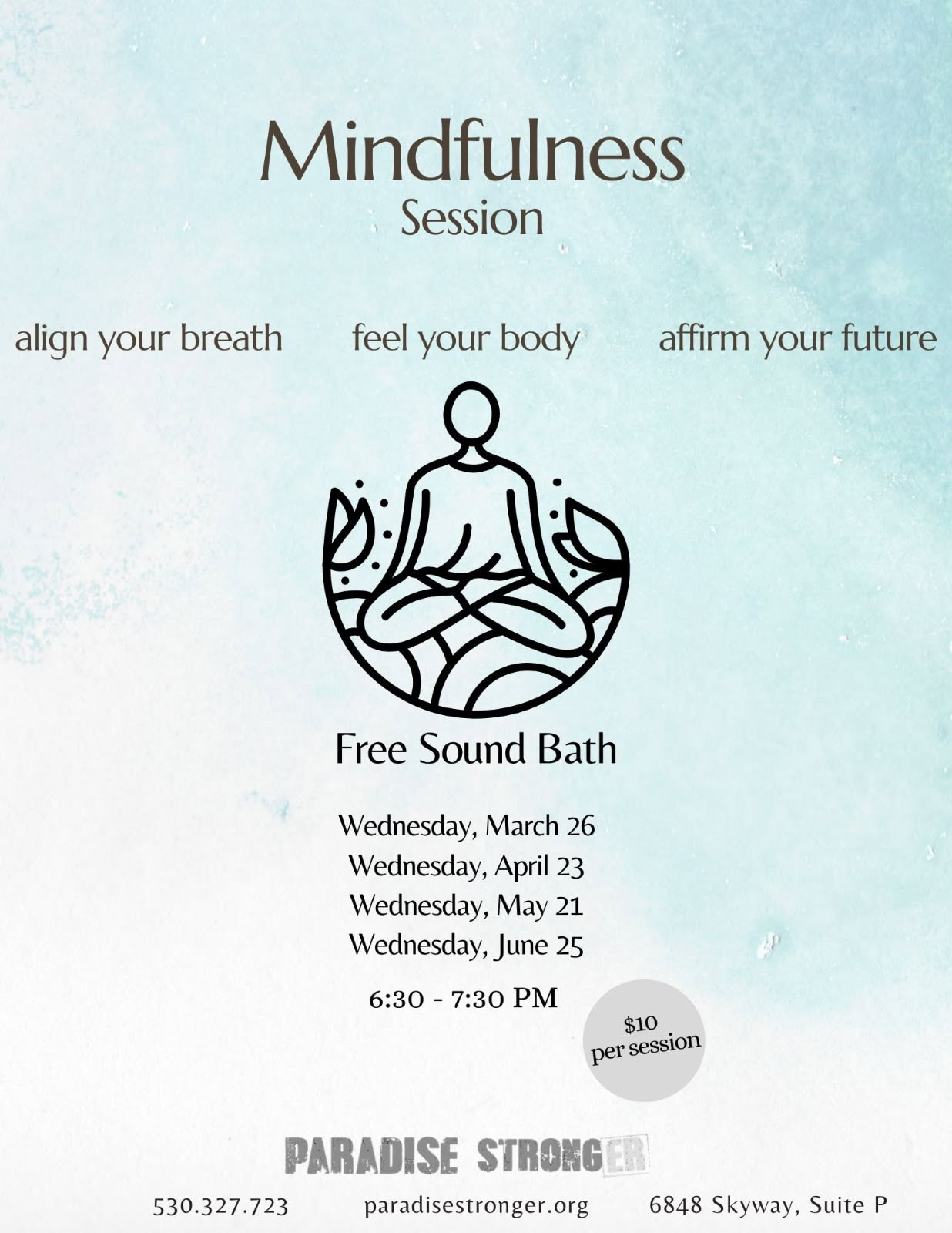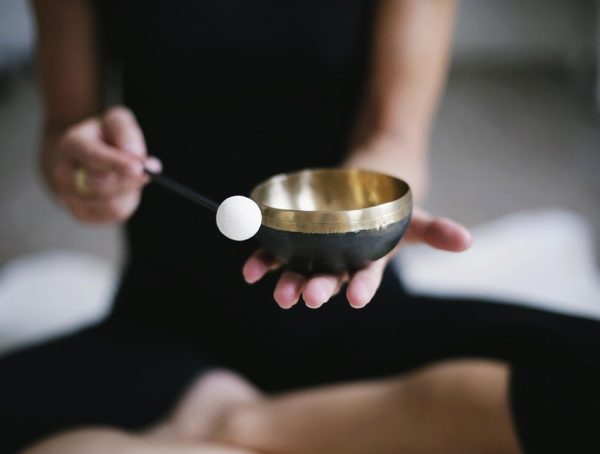Enhance Your Well-Being: The 7 Types of Meditation You Should Try
In an increasingly hectic world filled with constant noise, distractions, and obligations, finding ways to enhance our well-being has never been more essential. One of the most effective paths to achieving greater mental clarity, emotional stability, and overall health is through meditation. While it may seem overwhelming given the myriad of approaches available, exploring different types of meditation can empower you to find a practice that resonates with your unique needs and lifestyle. Here are seven types of meditation to consider, along with action steps to help you get started.
1. Mindfulness Meditation
Mindfulness meditation cultivates present-moment awareness. It teaches you to observe your thoughts, feelings, and bodily sensations without judgment.
Action Steps:
- Find a quiet space and sit comfortably.
- Set a timer for 5-10 minutes.
- Close your eyes and focus on your breath; notice its natural rhythm.
- Each time your mind wanders, gently bring it back to your breath.
2. Guided Meditation
Guided meditation utilizes the soothing voice of an instructor to lead you through an imagery-based experience or specific themes like relaxation or healing. This approach is excellent for beginners.
Action Steps:
- Select a guided meditation app or online video that resonates with you.
- Dedicate 10-20 minutes in a comfortable setting.
- Follow along with the guide’s instructions, letting the imagery transport you.
3. Transcendental Meditation (TM)
TM is a structured, mantra-based practice designed to promote deep rest and relaxation. It involves silently repeating a specific mantra for about 20 minutes twice a day.
Action Steps:
- Find a certified TM instructor for a personal session (recommended for full effectiveness).
- Commit to meditating twice daily in a quiet space.
- Focus on the mantra each time, allowing thoughts to drift away.
4. Loving-Kindness Meditation (Metta)
Loving-kindness meditation promotes empathy, compassion, and goodwill towards others and oneself. This practice can help increase positive emotions and reduce negative feelings.
Action Steps:
- Sit quietly with eyes closed and take a few deep breaths.
- Begin by silently saying phrases like, "May I be happy, may I be healthy" directed at yourself.
- Gradually expand your well-wishes to loved ones, acquaintances, and even those with whom you have conflicts.
5. Zen Meditation (Zazen)
Zen meditation emphasizes sitting in a specific posture and focusing quietly on the present moment. It often involves counting breaths or observing thoughts as they arise.
Action Steps:
- Sit on a cushion or chair, with a straight spine and relaxed shoulders.
- Set a timer for 10-20 minutes and focus on your breath or count each inhale and exhale silently up to ten, then restart.
- If your mind wanders, simply observe your thoughts and return your focus.
6. Body Scan Meditation
Body scan meditation involves focusing attention sequentially on different parts of the body, promoting relaxation and awareness of physical sensations.
Action Steps:
- Lie down comfortably and close your eyes.
- Start with your toes and slowly move your attention up through your body, noticing sensations, tension, or relaxation in each area.
- Spend a few moments on each body part, allowing any tension to release.
7. Chakra Meditation
This type of meditation aims to harmonize the body’s energy centers, referred to as chakras. It often incorporates visualization, mantras, or specific breathing techniques to balance these energy points.
Action Steps:
- Research the seven chakras and their associated colors and emotions.
- Sit in a comfortable position, focusing on each chakra starting from the root to the crown.
- Visualize the associated color glowing brightly in each chakra’s position as you breathe deeply.
Conclusion: Choose Your Path
Each type of meditation offers a unique avenue for enhancing well-being, providing tools to reduce stress, improve concentration, and foster personal growth. The key is to explore these different practice styles and identify which resonates most with you. Start small, perhaps with just five minutes a day, and gradually build up your practice.
Remember, consistency is crucial. Consider incorporating one or two of these methods into your daily routine, and observe how they transform your mindset, emotions, and physical health over time.
If you’re inspired and want to continue your journey to well-being, follow Kevin on Instagram at @KSteineman for more insights and tips on health, mindfulness, and self-improvement.
Final Quote:
"Happiness is not something ready-made. It comes from your own actions." – Dalai Lama XIV
You might also like
More from Meditation
The Role of Mantras in Transcendental Meditation: A Deep Dive
The Role of Mantras in Transcendental Meditation: A Deep Dive Transcendental Meditation (TM) has garnered a significant following across the globe, …
The Science Behind Meditation: Improving Mental Health Naturally
The Science Behind Meditation: Improving Mental Health Naturally In today's fast-paced world, the pursuit of mental wellness has become paramount. Thousands …
Understanding the 7 Types of Meditation for Beginners
Understanding the 7 Types of Meditation for Beginners: A Path to Inner Peace Meditation has become a popular practice in recent …


































